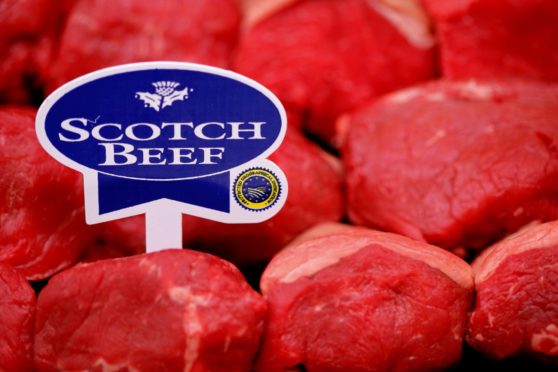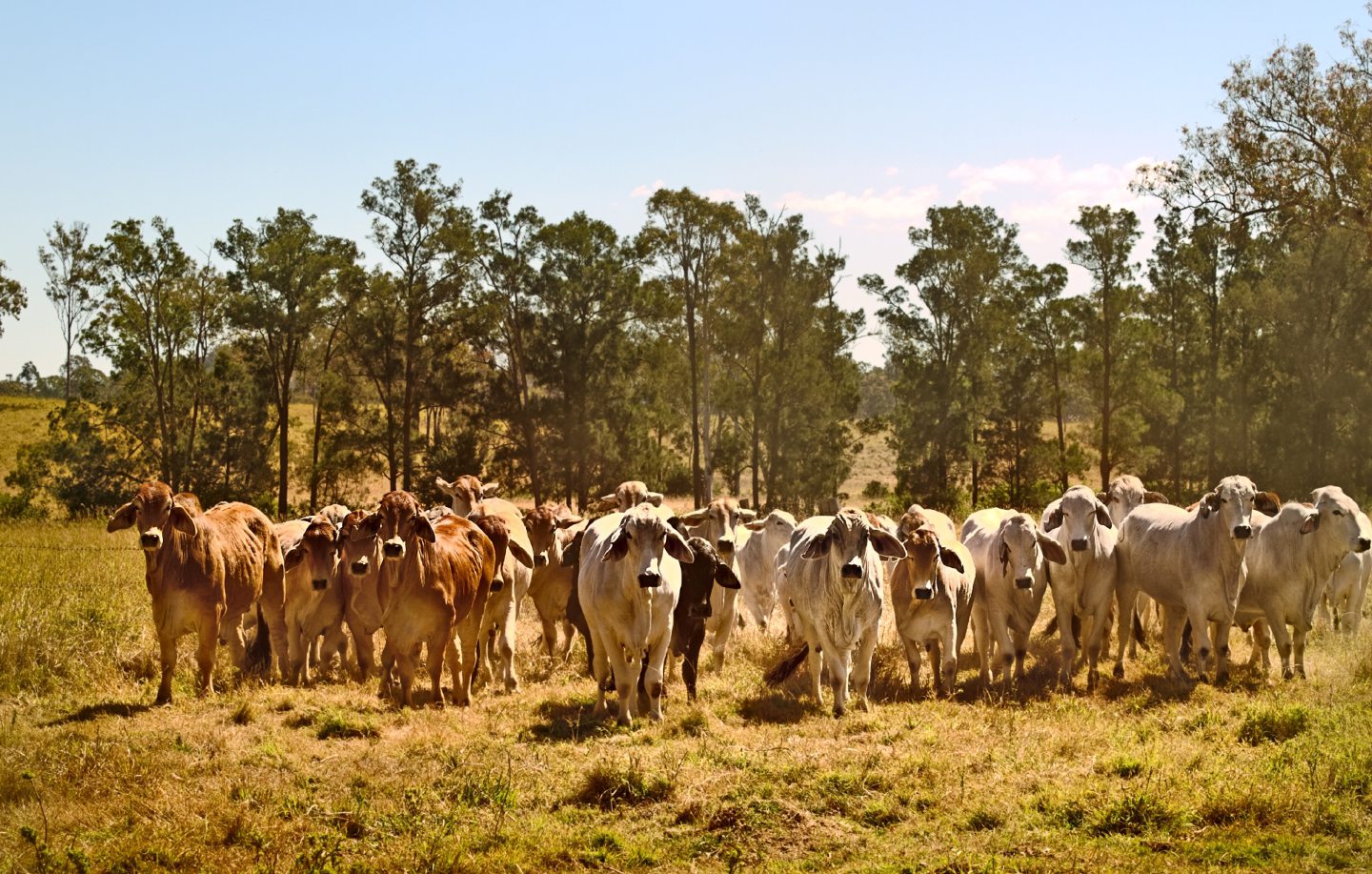Lean management has been a powerful tool in manufacturing businesses by looking to strip out costs and reduce wastage in the process.
The mantra is – anything which doesn’t add value is waste.
Much of it is common sense but having someone take a dispassionate view of a business and really drill into everything you do and ask the hard questions really is an interesting process.
Many farms and rural businesses have done this in recent years and it has had some interesting outcomes, which lead to reduced costs and increased productivity.
This has to be balanced with the need for resilience, which is often “fat” in terms of having a little over capacity for when there are problems.
With international trade deals still in the news, we still lack much in the way of detail as to how they will play out, and there has been much talk of the need for a level playing field with imported products.
What is required is a similarly dispassionate assessment of the differences in production standards, animal welfare, environmental requirements and labour protections. And to assess what the true cost of producing to our high standards is.
This is in no way to be used to lower standards, but simply to understand the costs for Scottish producers and once this is understood then using this information in trade negotiations, or even to allow consumers to understand the facts fully, could make a big difference to Scottish produce. If the high standards are not adding value to Scottish produce then they are adding waste.
When carrying out lean management reviews of farms, the question around these high standards regularly arises: is it adding value or is it waste?
The truth will be somewhere in the middle, with some allowing produce to be sold at a premium and some simply adding cost – again a review of these and stripping out standards which are not valued by consumers or society would be beneficial.
That’s not to say there is not a place for farm assurance – there certainly is, and if we want to trade on the back of high standards and our product being premium quality it is essential.
However, the plethora of schemes and standards means there is duplication and a lack of focus. Our future trading relationships and changing rural support schemes provide opportunities to review much of what we do.
In the coming weeks we will hear the details of this parliament’s first Programme for Government, which will reveal much for agriculture in terms of a roadmap for future rural support.
We hope this will provide some clarity on how land use can be integrated to enable the right activity in the right place. A mosaic of land uses in Scotland is beneficial in a number of ways, but without a clear vision, businesses cannot plan and drive forward.
We will also begin to see the outcome of the forthcoming deal between the Scottish Greens and the SNP.
It is crucial that industries such as agriculture are not cast aside or sacrificed in favour of a larger deal – the stakes are high for rural Scotland and it important that a rounded view of the social, environmental, and economic benefits are understood and valued.
As said many times in this column previously, if we measure success through a single metric, such as net-zero, then we are in danger of achieving nothing as it is only when all the needs are met that we can see real progress.
Demonising industries which would put rural employment at risk in favour of as yet undefined “green jobs” would be a dangerous route to take.
- Stephen Young is head of policy at Scottish Land and Estates.


